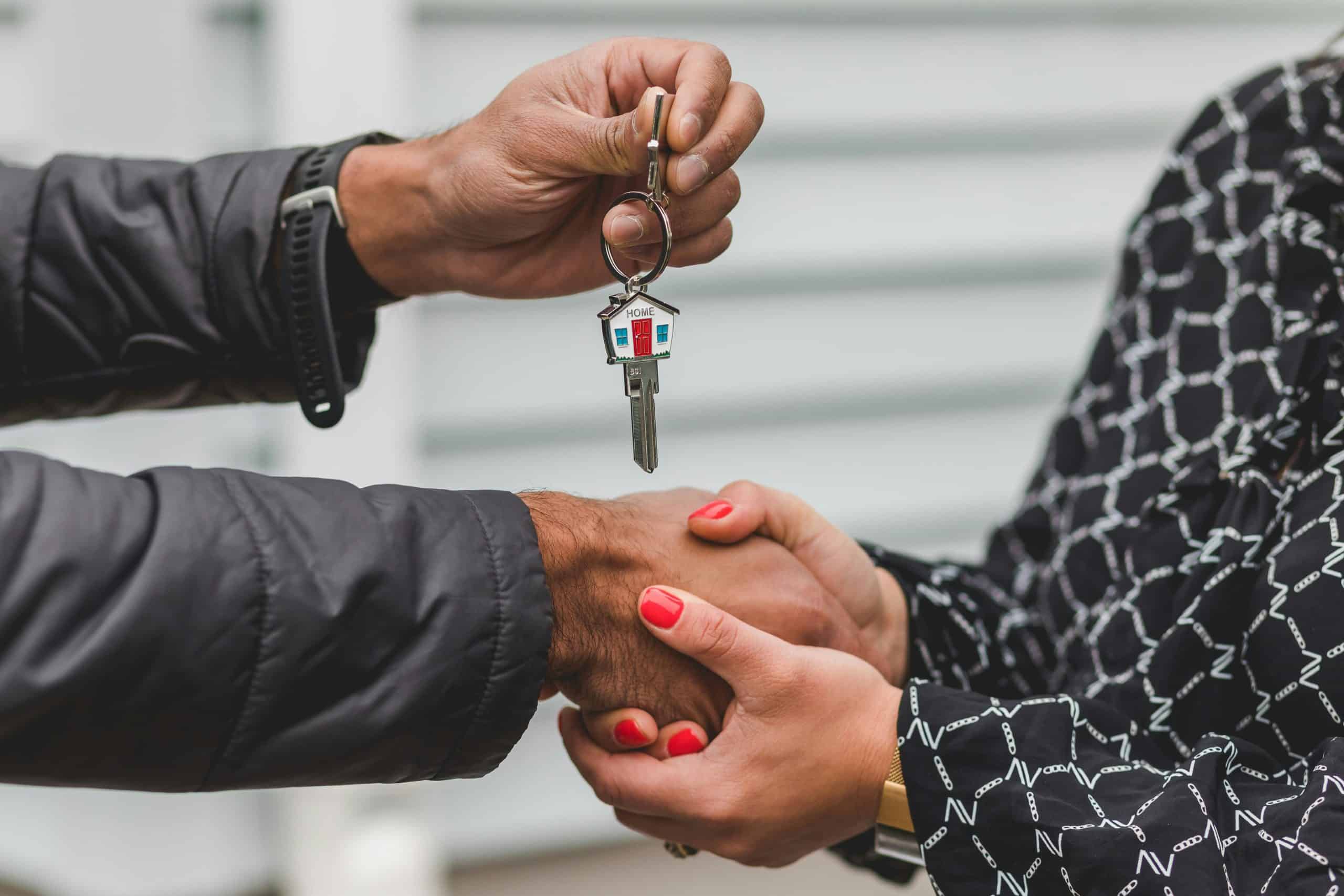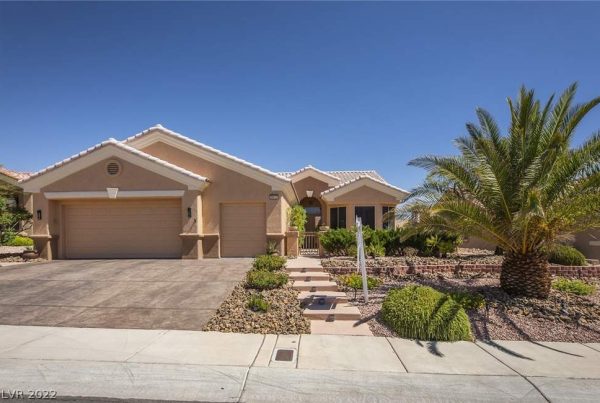Most people think they need 20% down to buy a home. They don’t.
That’s just one of the myths lenders deal with every day. Whether you’re buying your first home or your third, or thinking about refinancing the one you’re in now, the mortgage process has more flexibility than most borrowers realize. The problem is knowing which options apply to your situation and when to use them.
Here are 10 mortgage tips that can help you make better decisions and potentially save thousands of dollars.
You Don’t Need 20% Down (and Sometimes You Don’t Need Any Down Payment)
The 20% down payment myth is surprisingly persistent. Lenders say they spend a lot of time correcting this assumption.
Several loan programs let qualified borrowers buy homes with little to nothing down:
Zero-down options:
- VA loans for veterans, active-duty service members, and certain National Guard and Reserve members who’ve completed at least six years of service
- USDA Rural Development loans for eligible areas (mostly rural, though some suburban areas qualify)
- Navy Federal Credit Union mortgages for qualified members buying primary residences
Low-down options:
- FHA loans with as little as 3.5% down
- Conventional mortgages with 3% down (with private mortgage insurance)
These aren’t obscure programs. In 2016, roughly one-eighth of all mortgages were VA-guaranteed, according to the Mortgage Bankers Association.
The catch is you’ll typically pay mortgage insurance if you put down less than 20% on a conventional loan. For FHA loans, you’ll pay mortgage insurance regardless of down payment size. But for many buyers, paying mortgage insurance is better than waiting years to save up a larger down payment while watching home prices rise.
FHA Loans Work With Imperfect Credit
If your credit isn’t perfect, FHA loans might be your best option.
The numbers tell the story. In 2016, the average FHA homebuyer had a credit score around 686. The average conventional homebuyer? Around 753. That’s a 67-point difference.
FHA requirements are straightforward:
- You need a score of 580 or higher to qualify for the minimum 3.5% down payment
- If your score falls between 500 and 579, you’ll need at least 10% down
That second option comes with a significant caveat. You’ll need to find a lender willing to approve the loan, which gets harder as scores drop below 580.
The real advantage of FHA loans isn’t just the lower credit requirements. They’re widely available and relatively standardized, which means more lenders offer them and more sellers accept them.
Keep Cash Reserves (Even If It Means Paying Mortgage Insurance)
Lenders don’t want you emptying your bank account to make your down payment and cover closing costs.
They require “reserves”—cash or assets you can sell quickly to handle unexpected expenses without missing mortgage payments.
Your lender will calculate minimum reserves as part of your qualification. This is where things can get tricky. You might plan to put 20% down to avoid mortgage insurance, but then the reserve requirements force you to keep more cash in the bank. That drops your down payment below 20%, triggering the need for mortgage insurance.
Here’s what most borrowers don’t realize: Lenders would rather you have an emergency fund and pay mortgage insurance than drain your savings to avoid it.
Why? Because borrowers with depleted savings are much more likely to miss payments when something goes wrong. A broken water heater or sudden job loss can immediately put the loan at risk.
If you’re facing this situation, run the numbers both ways. Sometimes paying mortgage insurance while keeping a healthy emergency fund is the smarter financial decision.
A 15-Year Refinance Can Save You Serious Money
Rising interest rates don’t eliminate all reasons to refinance.
Several situations still make refinancing worthwhile:
- Divorce requiring a buyout
- Improved credit score qualifying you for better rates
- Eliminating mortgage insurance once you hit 20% equity
- Finally having positive equity after being underwater
- Needing cash from your equity
- Wanting to save long-term by switching to a 15-year mortgage
That last option—refinancing into a 15-year mortgage—saves money two ways.
15-year mortgages typically carry lower interest rates than 30-year loans. You’re also paying interest over a shorter period. Yes, your monthly payment will be higher in most cases. But the total interest you pay over the life of the loan drops significantly.
Example: If you’re 10 years into a 30-year mortgage, refinancing to a 15-year means you’re done in 15 years total instead of 30. That’s cutting 5 years of payments and potentially tens of thousands in interest.
The math only works if you can afford the higher monthly payment without straining your budget. Don’t refinance into a 15-year loan if it means you can’t save money or handle emergencies.
Borrow What You Can Actually Afford to Repay
People often “stretch” to buy as much house as they can, assuming their income will rise and make payments easier over time.
That’s backwards.
A conservative rule: Your total monthly debt obligations—mortgage, car payments, student loans, credit cards, child support, everything—shouldn’t exceed 36% of your gross monthly income.
Here’s what that looks like with a $5,000 monthly household income:
- Maximum total debt payments: $1,800 (36% of $5,000)
- This includes your mortgage payment plus all other debts
Lenders will often let you go higher, especially if you have excellent credit and strong reserves. But just because you can doesn’t mean you should.
If your debt obligations hit 45% or 50% of gross income, you won’t have much left for savings, retirement contributions, or basic enjoyment of life. You’ll be house-poor.
Think about what happens if you lose your job or face a medical emergency. The smaller financial cushion you have, the faster you can get into trouble. Better to buy a less expensive house you can comfortably afford than stretch into something that stresses your budget every month.
No-Closing-Cost Mortgages Have a Specific Use Case
Mortgages come with thousands of dollars in fees and closing costs. You have two ways to handle them.
Pay them out of pocket and get the lowest interest rate you qualify for. Or accept a higher interest rate in exchange for the lender covering some or all closing costs.
Example rates you might see:
- 3.75% if you pay all closing costs yourself
- 4.125% if the lender pays closing costs
The break-even point usually lands around five to six years. If you plan to sell or refinance before then, the no-closing-cost option often makes sense. If you’re staying longer, you’ll pay less total interest by covering closing costs upfront.
One complication: Paying closing costs out of pocket reduces your available cash. That might push your down payment below 20%, forcing you into mortgage insurance. Now you’re comparing the cost of mortgage insurance against the higher interest rate from the no-closing-cost option.
This is where running multiple scenarios with your lender helps. The right answer depends on how long you plan to stay in the home and how the numbers work with your specific situation.
VA Loans Are Underused (Even Among Eligible Veterans)
If you’re eligible for a VA loan, you have access to one of the best mortgage products available. Yet many people who qualify don’t use them.
A 2010 survey found that many homebuying veterans weren’t aware of the VA loan benefit or didn’t understand it. About 25% of active-duty military personnel didn’t even know they were eligible.
Some assumed VA loans were only for retirees or veterans who’d been discharged. That’s wrong.
Who qualifies:
- Honorably discharged veterans
- Active-duty service members
- National Guard or Reserve members who’ve completed at least six years of service
- Certain surviving spouses of veterans
The main benefit is zero down payment required to buy a primary residence. That’s huge. You can buy a home without spending years saving up a down payment.
VA loans also tend to have competitive interest rates and don’t require mortgage insurance. The trade-off is a funding fee (typically 2.15% to 3.3% for most borrowers), but you can roll that into your loan balance.
If you’re eligible, compare VA loan terms to conventional and FHA options. In many cases, the VA loan will be your best choice.
Cash-Out Refinancing Makes Sense for Long-Term Uses
A cash-out refinance means you refinance for more than you currently owe and pocket the difference.
These were everywhere during the early 2000s housing boom. They nearly disappeared after the 2008 bust wiped out home equity across the country. Now that home values have recovered in most markets, cash-out refinances are back.
The question is whether they’re right for your situation.
You have two ways to tap home equity: a cash-out refinance or a home equity loan/line of credit. The right choice depends on what you’re using the money for.
Short-term uses (vacation, wedding, one-time purchase): Home equity loan or HELOC typically makes more sense. You’re not resetting your entire mortgage for something temporary.
Long-term uses (home addition, major renovation, debt consolidation): Cash-out refinance might be better. You’re spreading the cost over the full mortgage term, which can mean lower monthly payments than a separate home equity loan.
The math gets more complicated if current mortgage rates are higher than your existing rate. You might not want to refinance your entire mortgage at a higher rate just to pull out cash. In that case, a HELOC could be the better move.
You Can Refinance INTO a VA Loan (Not Just Out of One)
If you’re eligible for VA loan benefits, you might be able to refinance from a conventional or FHA mortgage into a VA loan.
The main advantages:
- You can refinance for up to 100% of your home’s current value
- You can do a cash-out refinance using the VA loan program
- No mortgage insurance requirement
The funding fee for cash-out VA refinances ranges from 2.15% to 3.3%, and you can add it to your loan balance rather than paying it upfront.
This can be particularly useful if you bought a home before you were eligible for VA benefits (say, while you were still serving but before you’d completed enough service time). Or if you bought with a conventional loan before realizing you qualified for VA benefits.
Run the numbers with a lender. In some cases, refinancing into a VA loan can lower your monthly payment, eliminate mortgage insurance, or both.
Keep Your Finances Frozen During Underwriting
This is simple advice that many people ignore, especially first-time homebuyers.
From the time you apply for your mortgage until the day you close, keep your financial life as stable and boring as possible.
Don’t:
- Charge up your credit cards
- Apply for any new credit
- Buy furniture or appliances
- Get a car loan
- Make any large purchases
- Change jobs (if you can avoid it)
The lender pulls your credit when you apply. Then they pull it again shortly before closing. They’re looking for changes.
If you’ve maxed out credit cards to buy furniture for your new house, or taken out a car loan, or done anything else that significantly changes your debt picture, you’re creating problems. The lender might need to requalify you with the new debt load. That can delay your closing.
In worse cases, the changes could disqualify you entirely. You’d have to start over with a new application.
This is hard for first-time buyers who are excited about their new home. They want to buy furniture and start planning. Do your planning, but don’t spend money or take on new debt until after closing.
Key Takeaways
If you’re buying:
- Don’t assume you need 20% down—multiple programs offer 0-3.5% options
- FHA loans accept credit scores as low as 580 for minimum down payment
- Keep cash reserves even if it means paying mortgage insurance
- Stick to a 36% debt-to-income ratio to maintain financial flexibility
- Freeze all financial activity during the underwriting process
If you’re refinancing:
- Consider a 15-year mortgage if you can afford higher monthly payments for long-term savings
- No-closing-cost mortgages work well if you’re selling within five years
- Cash-out refinancing makes sense for long-term expenses like renovations
- VA-eligible borrowers should explore refinancing into VA loans
For everyone:
- Check your VA loan eligibility if you’ve served in any capacity—it’s underused
- Run multiple scenarios with your lender before deciding on loan structure
- Understand the trade-offs between upfront costs and long-term interest payments
The mortgage process has more flexibility than most people realize. The key is understanding which options apply to your situation and making decisions based on your actual financial picture, not what you think you’re supposed to do.
Frequently Asked Questions
Can I really buy a home with no down payment? Yes, if you qualify for a VA loan (military service required) or a USDA Rural Development loan (property must be in an eligible area). Navy Federal Credit Union also offers zero-down mortgages to qualified members. These aren’t promotional programs—they’re established loan products.
What credit score do I need to buy a house? It depends on the loan type. FHA loans accept scores as low as 580 for 3.5% down, or 500-579 for 10% down (though finding a lender gets harder below 580). Conventional loans typically require scores in the mid-600s or higher, with the best rates going to borrowers above 740.
Is it better to pay closing costs or accept a higher interest rate? If you’re planning to stay in the home longer than five to six years, paying closing costs upfront typically saves money. If you’re selling sooner, the no-closing-cost option with a higher rate often makes more sense. Run both scenarios with specific numbers to see the break-even point.
How much money should I keep in reserves after buying? Your lender will calculate required reserves as part of qualification (often two to six months of mortgage payments, depending on the loan type). Beyond that, aim for three to six months of total living expenses. It’s better to make a smaller down payment and keep reserves than to empty your savings.
Can I refinance from an FHA loan to a VA loan? Yes, if you’re eligible for VA loan benefits. You can refinance from FHA or conventional into a VA loan, potentially eliminating mortgage insurance and accessing up to 100% of your home’s value for a cash-out refinance.
When does refinancing to a 15-year mortgage make sense? When you can afford the higher monthly payment without straining your budget and plan to stay in the home long enough to benefit from the interest savings. It works particularly well if you’re already several years into a 30-year mortgage and want to accelerate your payoff.
What happens if my credit changes during underwriting? The lender pulls your credit twice—at application and shortly before closing. Significant changes (new credit cards, car loans, maxed-out cards) can delay closing or, in serious cases, cause your loan to be denied. Keep finances stable from application through closing.
Are VA loans only for veterans who’ve left the military? No. Active-duty service members, National Guard and Reserve members with at least six years of service, and certain surviving spouses all qualify. Many active-duty personnel don’t realize they’re eligible while still serving.
Should I avoid mortgage insurance at all costs? Not necessarily. If avoiding mortgage insurance means depleting your cash reserves, it’s often smarter to pay the insurance and keep emergency funds. Lenders prefer borrowers with reserves, even if it means the borrower pays mortgage insurance.
What’s the difference between a cash-out refinance and a home equity loan? A cash-out refinance replaces your entire mortgage with a new, larger loan and gives you the difference in cash. A home equity loan or HELOC is a separate loan against your equity. Cash-out refinancing usually makes sense for long-term expenses; home equity products work better for shorter-term needs.






